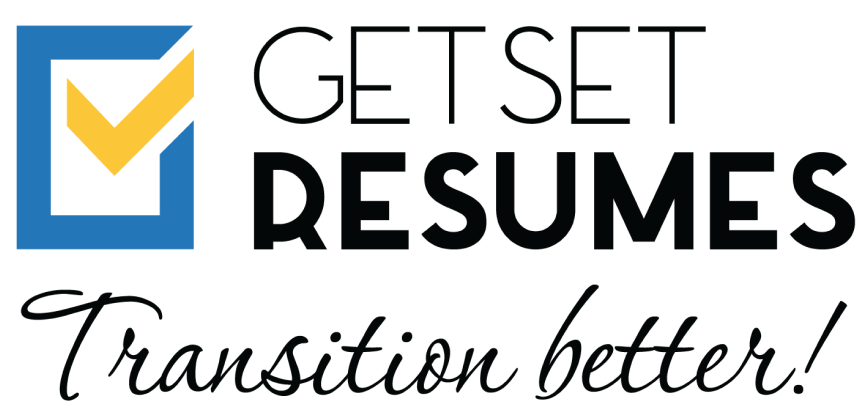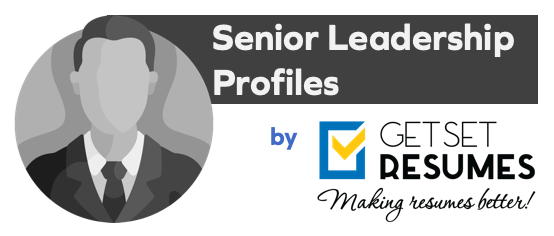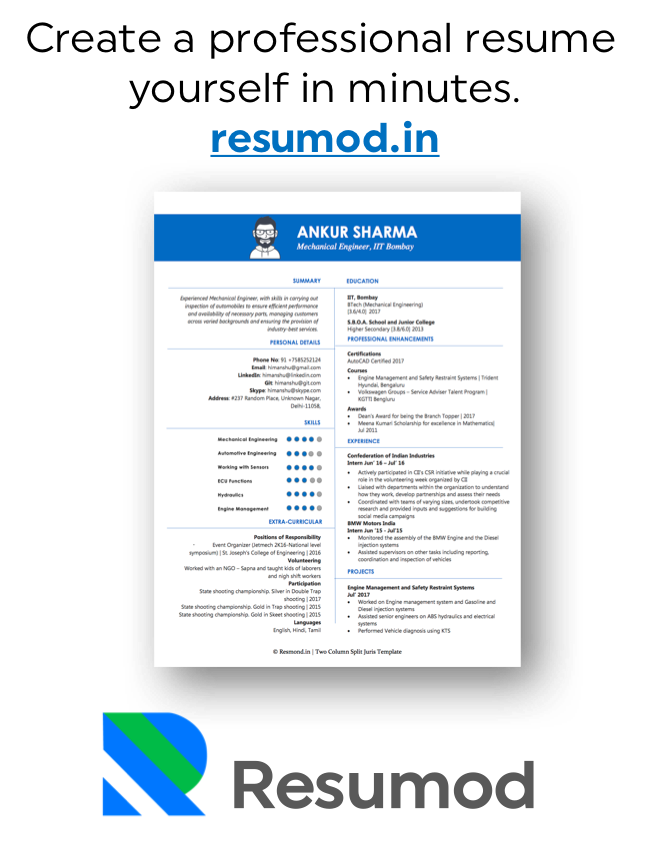Congratulations! You’ve reached a successful mid-senior level in your career. Now, your sights are set on the executive suite. This transition can be exhilarating, but also daunting. How do you ensure you’re on the right track?
This blog post will guide you through the process of planning your move from mid-senior professional to executive. We’ll explore key steps to take for self-assessment, leveraging your experience, and continuous learning.
Self-Assessment: Are You Ready to Lead?
The first step is to take a deep dive into yourself. Ask yourself some critical questions:
- Does your dream executive role align with your lifestyle goals? Consider factors like travel demands, work-life balance, and the kind of impact you want to make. Do you crave a fast-paced environment or a role that allows you to mentor junior colleagues?
- What are your must-haves in a job? Knowing your priorities will help you evaluate opportunities effectively. For instance, is a strong company culture essential for you, or are you more focused on compensation and potential for rapid career growth?
Leveraging Your Experience: Building a Bridge to the Future
Look back at your career journey so far. Imagine creating a “Career Portfolio Map” to identify connections between your past roles. This will help you see:
- Themes and skills that have been consistent across your career. Perhaps you’ve consistently demonstrated strong leadership qualities or a knack for turning around struggling projects. Maybe you have a proven track record of exceeding sales targets or building high-performing teams.
- How do your experiences position you for your dream executive role. For example, if you’ve excelled in sales for a decade, you might target a Chief Sales Officer position. If you’ve thrived in operational roles, a Chief Operating Officer position could be a great fit.
Embrace Continuous Learning to Bridge the Gaps
There may be gaps between your current experience and your ideal executive position. Cultivate a growth mindset and explore ways to bridge those gaps:
- Formal education: Consider pursuing an advanced degree like an MBA, or specialized programs relevant to your desired role.
- Professional development courses: Focus on areas relevant to your desired executive role, such as strategic planning or financial management.
- Mentorship: Seek guidance from established executives in your field. Shadow an executive for a day or participate in a mentorship program.
The transition to the executive level requires intentionality and effort. By taking the time for honest self-assessment, leveraging your experience, and embracing continuous learning, you’ll be well-positioned to make a strong case for yourself. Remember, there’s no one-size-fits-all path. Tailor your approach to your unique strengths, aspirations, and the specific demands of your desired role. With dedication and a growth mindset, you can achieve your executive career goals and make a significant impact in your field.



